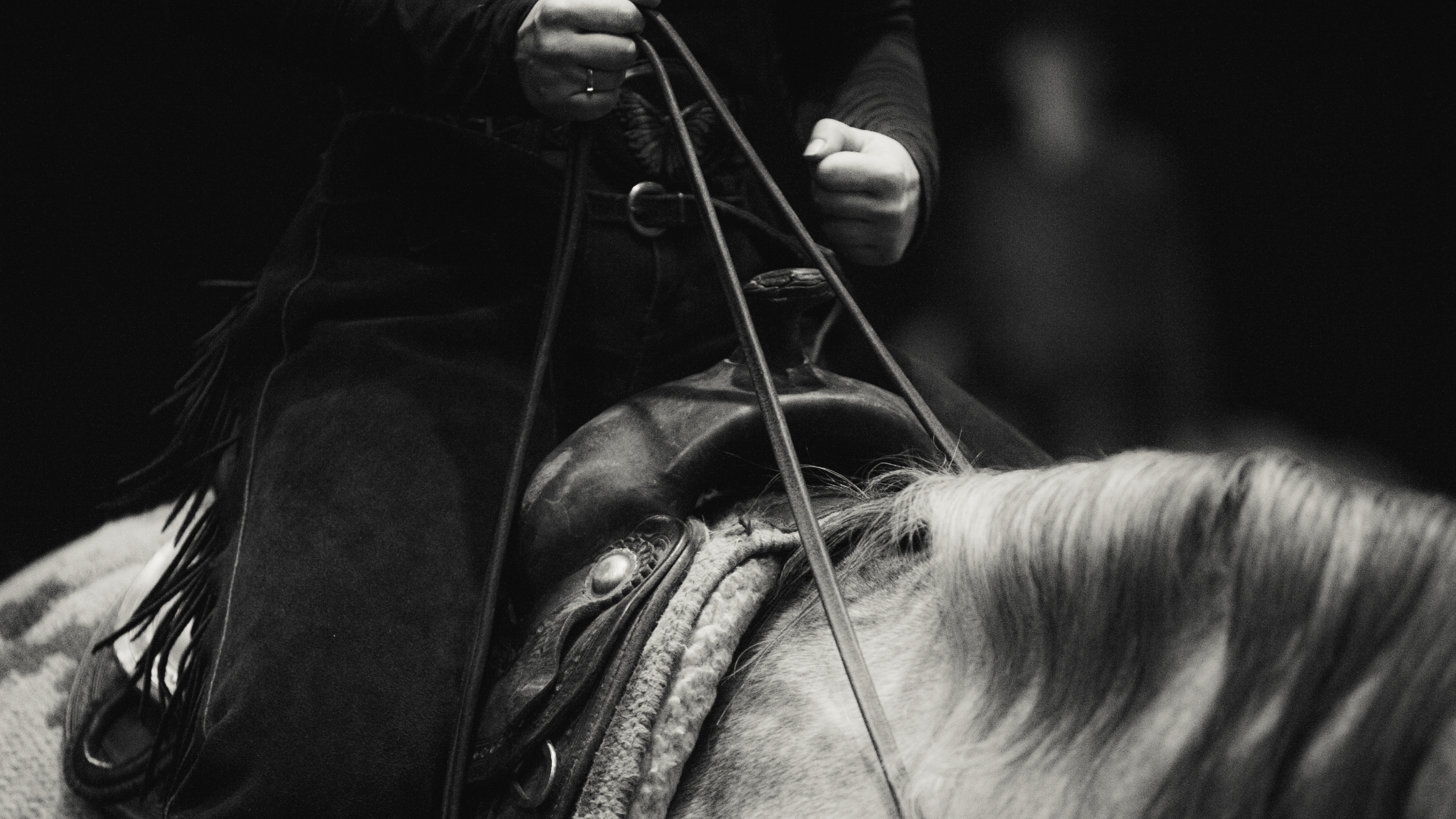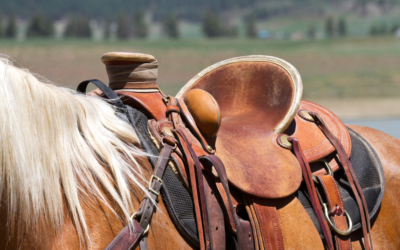
If you’re a horse lover, you probably know there are many different horseback riding disciplines out there. Many of these disciplines are divided into two distinct categories- English and Western Riding. Here are just a few of the disciplines you should know about as a horse owner.
English Riding Disciplines
Dressage
The term “dressage” comes from the French word for “training”- and that’s exactly what this discipline is all about! The purpose of dressage is to develop a harmonious partnership between horse and rider while strengthening and suppling the horse training. This discipline follows a concise Pyramid of Training to develop a dressage horse over time.
In dressage competitions, the horse and rider must perform a dressage test. This is a series of predetermined movements the pair must execute from memory.
Show Jumping
Showjumping is an English discipline where the horse and rider must jump a series of obstacles within a time limit. The event takes place within a ring, which often brings many spectators to this exciting competition!
Showjumping has been an Olympic event since the early 1900s. As the prize money and attendance for this competition increased throughout the years, the popularity of this discipline has only grown!
Eventing
Eventing, also called by the fitting name three-day Eventing, is a discipline of three phases: dressage, cross country and show jumping. Often called the “equine triathlon,” the horse and rider are put to the ultimate athletic test in Eventing.
The dressage element is very important to the three-day event horse because it helps develop the strength and suppleness needed for cross country and show jumping. The cross-country test takes place on the second day of the competition. The object of this phase is to show the speed, endurance, and jumping ability of the horse over varied terrain and obstacles. Finally, show-jumping occurs on the third day. The final jump phase tests the stamina and recovery of the horse after the endurance phase and demonstrates the horse is fit enough to continue work.
Saddle Seat
Saddleseat is an English discipline unique to the United States. The goal of Saddle Seat is to show off the horse’s extravagant gaits. The typical breeds of horses seen in the discipline include Morgans, American Saddlebreds, and Arabians.
There isn’t any jumping in Saddle Seat, but the horses are shown at the walk, trot, and canter. There are also special classes for horses with five gaits.
Western Riding Disciplines
Reining
This Western discipline originated from working cattle. It requires the horse to be very responsive and in tune with its rider. The horse should be given aids subtly and perform without resistance in reining.
In reining competitions, the rider guides the horse through a series of patterns at a lope or gallop. They typically consist of circles, spins, and stops. Scores are given for precision, smoothness, and finesse.
Western Dressage
Western dressage and classical (English) dressage are very similar. Both disciplines are based on harmonious partnerships, with the goal of effortless communication, balance, and collection. While classical dressage is done in an English saddle, western dressage is done in western tack.
Read our Western v. English dressage article to learn all of the differences.
Roping
Roping is a Western Discipline that originated from cattle ranchers. In this discipline, the horse and rider must chase a cow, lasso it, and ultimately stop the cow. There are two types of roping team roping and calf roping. In calf roping, it’s just one horse and rider competing, and the rider must get off the horse and tie up the cow. In team roping, two horse and rider pairs work together to rope the cow. In both types of roping, it’s a timed event. The fastest roper, or team of ropers, will win the event.
Roping horses must be highly disciplined and be comfortable working with cows. Quarter Horses tend to be favored in the discipline because they are strong, quick, and have great cow sense.
Other Disciplines
Endurance
Endurance is a riding discipline focused on long-distance races. In endurance riding, the winning horse and rider pair is the first to cross the finish line. They must stop periodically to pass a vet check to ensure the horse is fit to continue.
In the United States, endurance rides are typically 50 or 100 miles in length. Any breed of horse can compete in endurance rides, but Arabians are most often seen at the top levels of competition due to their natural stamina.
